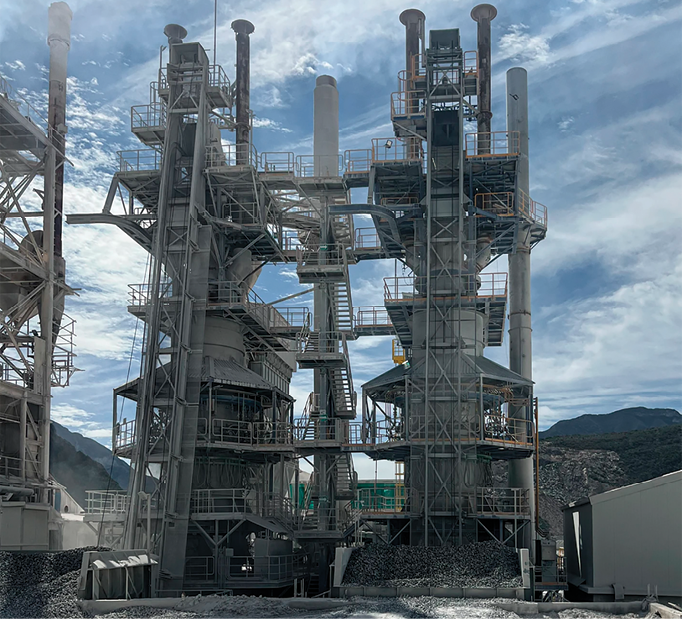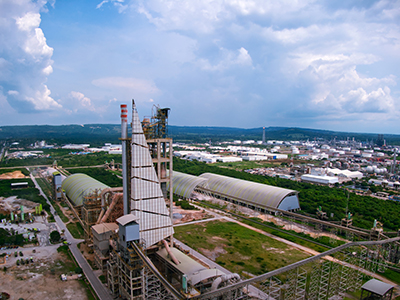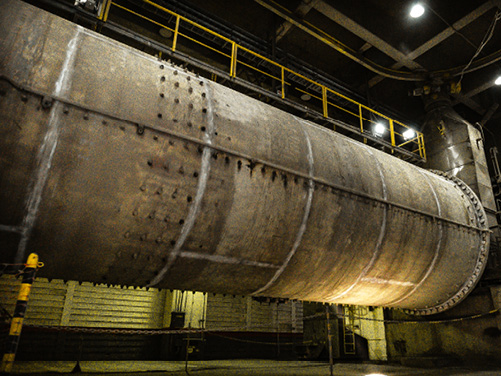By Mauro Nogarin

Argentina, Brazil, Mexico and Peru are the Latin American countries that have seen the most investments in technology and equipment to reduce CO2 emissions in the cement industry.
Some cement companies continue to replace fossil fuels, while others have chosen to replace the kilns of their current infrastructures. However, companies that produce their own raw materials in cement production, have begun to build new plants with more environmentally friendly equipment.
Argentina
The Cementos Avellaneda, the second largest cement company in the country, confirmed its commitment to reduce net CO2 emissions and increase alternative fuels usage in clinker kilns over the next three years.
In fact, the Spanish bank BBVA confirmed significant financing to Cementos Avellaneda, linked to the improvement of key indicators for sustainable performance (ESG KPI-Linked). That is, these funds are specifically targeted at capital investments meet ESG goals.
According to the statement, Cementos Avellaneda, a company owned by the Spanish Cementos Molins and the Brazilian Votorantim Cimentos, seeks to reduce net CO2 emissions by 33%.
The first project, in collaboration with YPF Luz, consists of the construction of a wind farm at its Olvarria plant with an installed power capacity of 63 MW. Twenty-eight MW will serve to power the plant, thus reducing 120,000 tons of CO2 emissions per year.
In addition to alternative fuels, Cementos Avellaneda implemented the latest generation vertical mills in its production system, which allowed the company to save up to 30% of energy for each unit of product.
From 1990 to 2021, the company managed to reduce specific CO2 emissions by 22.3% and plans to reach 33% by 2030.
Brazil
To mitigate the impact of industrial activity, Cimento Bravo signed an alliance with Eneva and Alumar to acquire fly ash for use in the composition (up to 20%) of the cement it produces.
Before signing the agreement, these companies sent the waste to landfills as a worthless product; now they are shipping them as raw materials.
So far Cimento Bravo has acquired 500,000 tons of fly ash that have been reprocessed and transformed into cement.
Another sustainable plant feature is that during the drying stage of the inputs, before they enter the grinding process, the kilns use vegetable fuels such as waste bamboo chips and eucalyptus instead of charcoal. With the aim of maximizing the efficiency, competitiveness and sustainability of clinker unloading operations, the company also has two hoppers composed of filters and exhaust points, among other mechanisms that reduce the emission of particles.
The equipment also has a wheel and mechanical lifting system, as well as a trailer system that allows it to be transported to any of the berths of the Port of Itaquí to make cement unloading operations more flexible.

Peru
Considering that in 2023 lime sales registered a growth of 25% compared to the previous year, the Gloria Group, through its affiliate Cementos Yura, confirmed the construction of a new calcium oxide plant with a production capacity greater than 350,000 tpy in the Arequipa region.
The plant aims not only to produce for the domestic market, but also for export markets such as Bolivia, Ecuador and Chile.
Also, the Peruvian company Unacem and the Mexican Grupo Calidra continue to advance in the construction of a new calcium oxide production plant in the province of Junín. According to information from Unacem, the project has a 600-tpd kiln built by the Swiss company Maerz, through which higher quality lime can be obtained. According to the work schedule, the new plant is expected to be operational in the second half of 2025.
The project is being developed in a strategic location to cover the central region market where small, medium and large companies currently operate.
Thanks to innovative airtight sealed charging and discharging systems the kiln is not only ready for future CO2 capture technologies, but also will significantly save electric energy by up to 20% compared to conventional rotary piston blowers by using high-pressure fans to provide the process air.
Unacem’s scope of supply will be the petroleum coke firing system, skip winch, charging and discharging systems, high-pressure fans, hydraulic unit and control system. Commissioning is scheduled to take place in the first half of 2025 while the target is to reduce 107 kg of CO2 for each ton of cement in the next six years.
Moreover, another important project that is part of the investment plan to reduce CO2 emissions is the installation of a new clinker cooler and its dust control system using bag filters at the Condorcocha cement plant. This new equipment will improve capacity and efficiency in this production line, taking care of the environment, in addition to reducing energy consumption by 3% to 5%.
Mexico
The Regio Cal Group of Monterrey, after installing its first high performance shaft (HPS) kiln from the Swiss company Maerz in 2017 with the aim of lowering fuel consumption and reducing CO2 emissions, recently decided to implement a second oven with the same characteristics.
The second furnace with a capacity of 250 tpd was recently commissioned with a residual CO2 content of less than 2%.
The HPS kiln is a compact single-shaft kiln that operates on the counterflow principle and into which the fuel is fed at the lower end of the burning zone via radially displaceable burner lances. These extend far into the material bed and thus ensure that the heat is optimally distributed over the entire shaft cross-section.


